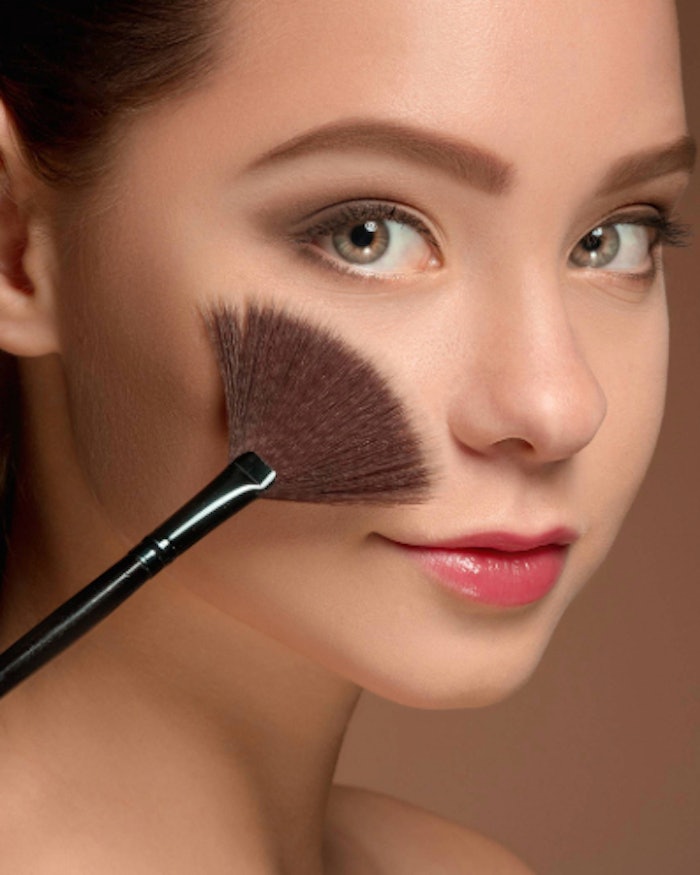
Roquette Beauté recently unveiled a new starch-derived cosmetic powder aimed at replacing mineral and synthetic alternatives. Developed from non-GMO waxy corn starch, the ingredient is designed for use in a wide range of applications, including makeup, skin care, toiletries, hair care and fragrances.
Patent-Pending Structure Enhances Texture and Versatility
The new ingredient, Beauté by Roquette ST 305 (INCI: Amylopectin), features a porous structure created through enzymatic hydrolysis. This structure reportedly provides enhanced compaction properties and sensory performance, compared to existing natural powders. It is suitable for both loose and pressed product formats.
Color Stability and Shine Control
The company reports the ingredient delivers high color retention and stability, performing better than native corn starch and comparable to talc and porous silica beads. It also produces a whiter and less yellow appearance than other natural starch-based powders, making it appropriate for color cosmetics.
Tests of the ingredient showed:
- A 96% reduction in shine in foundation formulations,
- Comparable sebum absorption to polymethyl methacrylate (PMMA) and
- Smoothing of crow’s feet and improved skin texture at high inclusion levels in loose powder formulas.
Environmentally Friendly and Talc-Free
The powder is readily biodegradable, non-ecotoxic and free from talc and nanoparticles, the company reports. It supports the ongoing shift in the cosmetics industry toward sustainable and cleaner label ingredients.
“We are very proud of the addition of Beauté by Roquette ST 305 to our product range,” sais Bénédicte Courel, general manager of Roquette Beauté. “We believe, it is a real game-changer and responds to the growing need for cleaner label ingredients in the cosmetics market.
"The unique sensory and compaction properties of Beauté by Roquette ST 305, as well as its affinity with various oils and water, provide cosmetic formulators with the flexibility to create high-performance products across a variety of cosmetic applications.”










